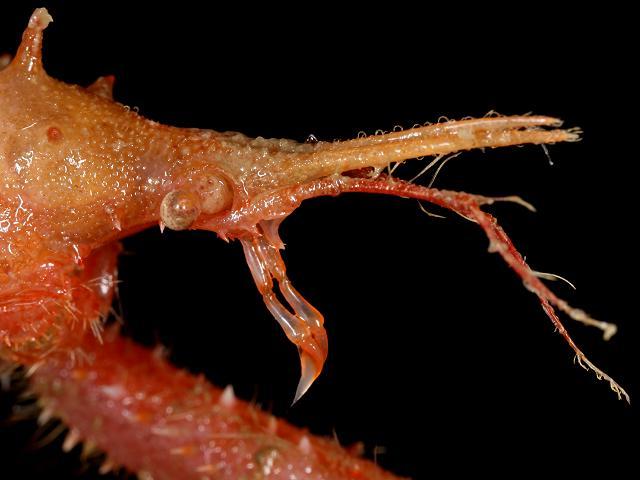

They do spin silk, protecting themselves from a fall by playing out a drop line as they hunt, and this Tmarus spider was guarding her eggs in a chamber she created by bending and webbing together a slender day lily leaf. They paralyze their prey and then introduce ( says “ vomit”) digestive enzymes into it, wait for its innards to soften, suck out the tenderized tissue, and throw away the empty. Crab spiders don’t spin trap webs to catch their prey, they ambush it on the hoof.

They get their name from their tendency to hold those four, extra-long front legs in a crab-like pose and for their tendency to move sideways. And, of course, they seem to have the “camouflage” thing figured out.Ĭrab spiders (family Thomisidae), best known for the species that ambush insects on flower tops, are long-time favorites of the BugLady. Mike says that there are a few documented records of this species in Wisconsin, but they are probably more common, it’s just that we don’t typically hunt for spiders in trees. It’s a crab spider in the tree crab spider genus Tmarus, probably Tmarus angulatus (thanks, as always, to BugFan Mike). She had two immediate reactions: 1) what is it? And 2) it looks like an octopus clinging to a reef! The BugLady was checking around the edge of a gravel parking lot near the Ozaukee Washington Land Trust’s Lake Twelve property (because there are bugs there, too) when she found this beauty (it took two trips and two different cameras to get a few almost-in-focus shots – sometimes it’s like that).


 0 kommentar(er)
0 kommentar(er)
